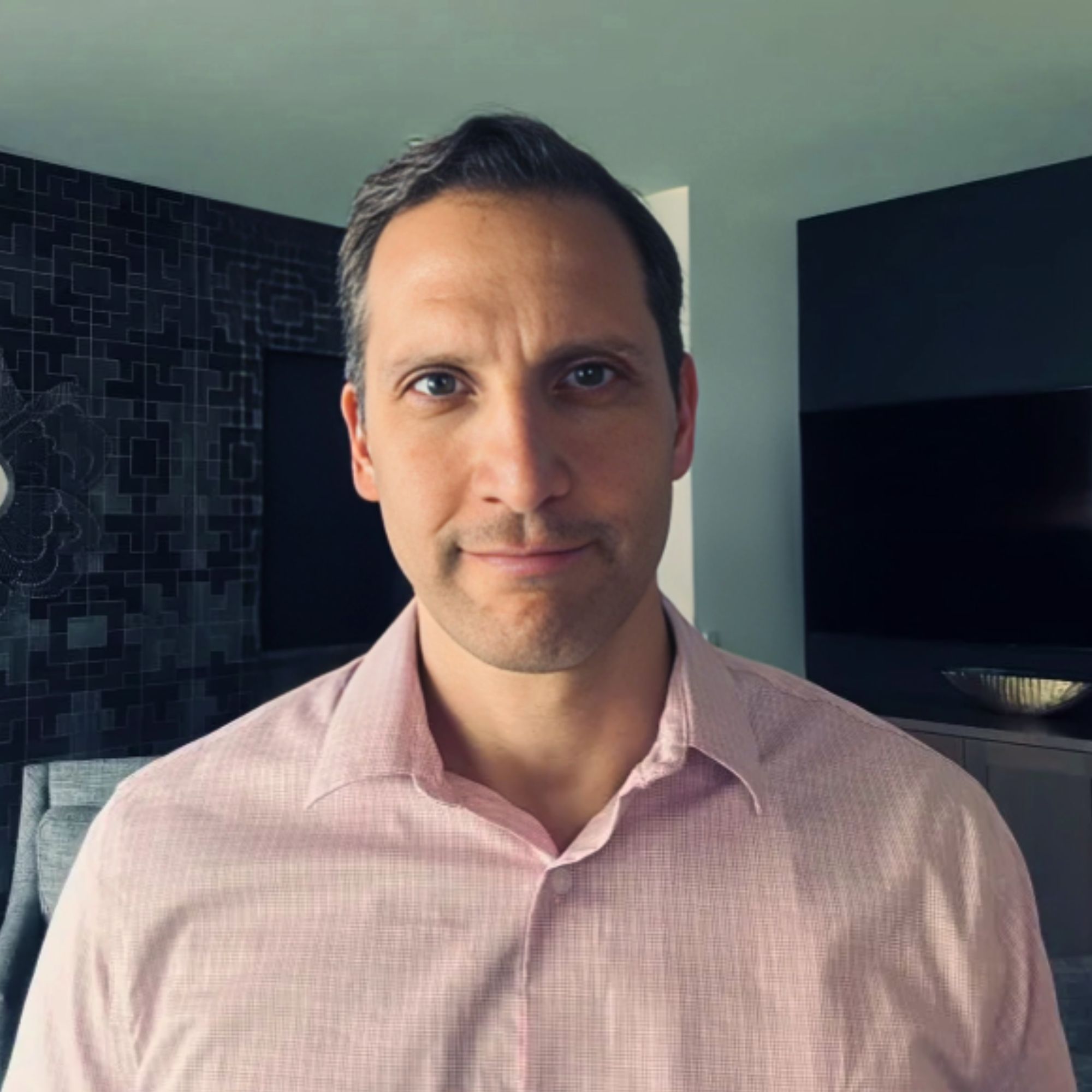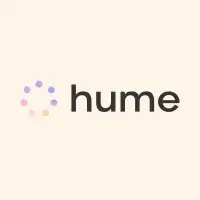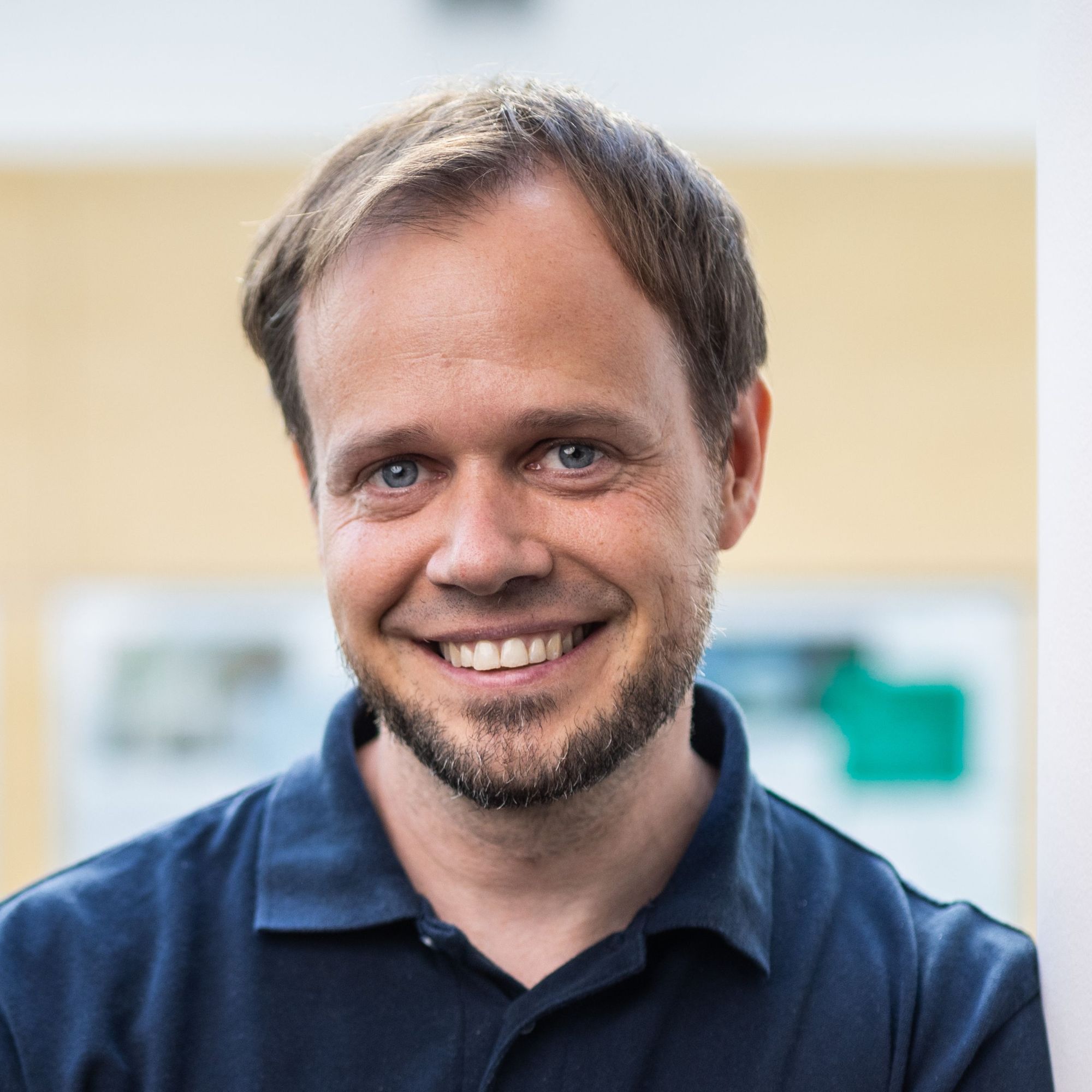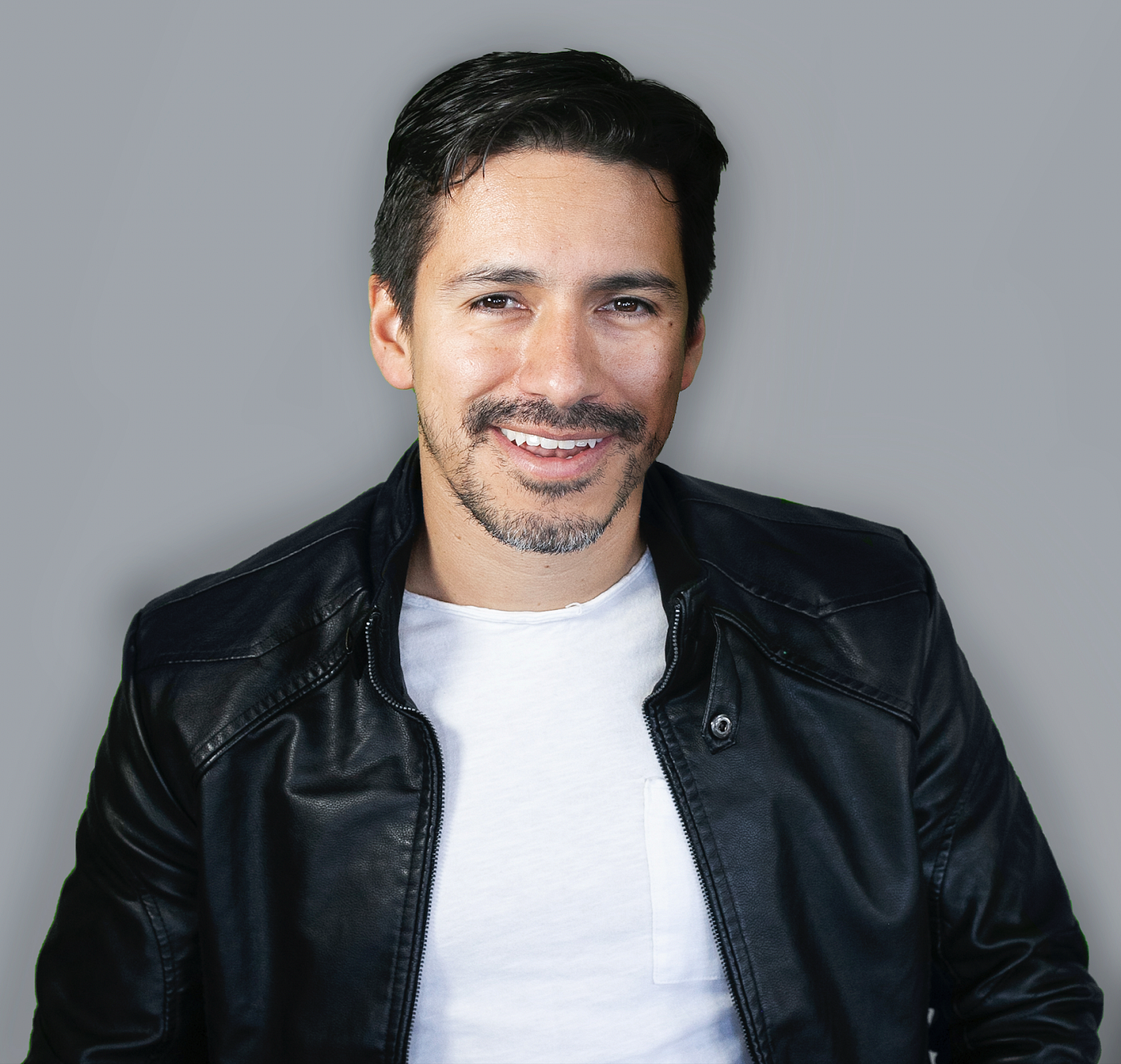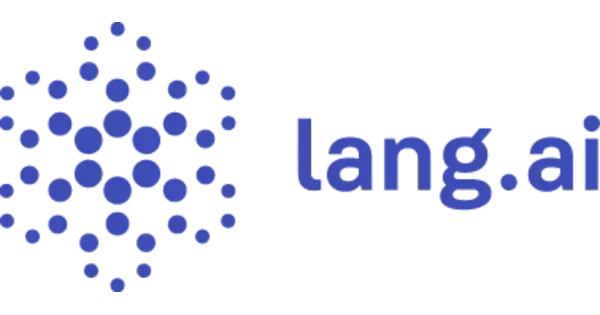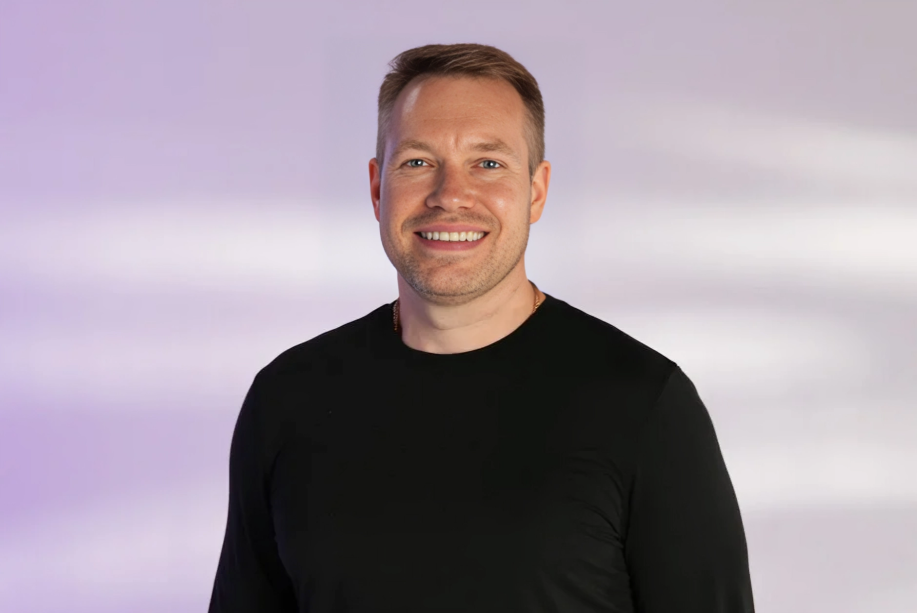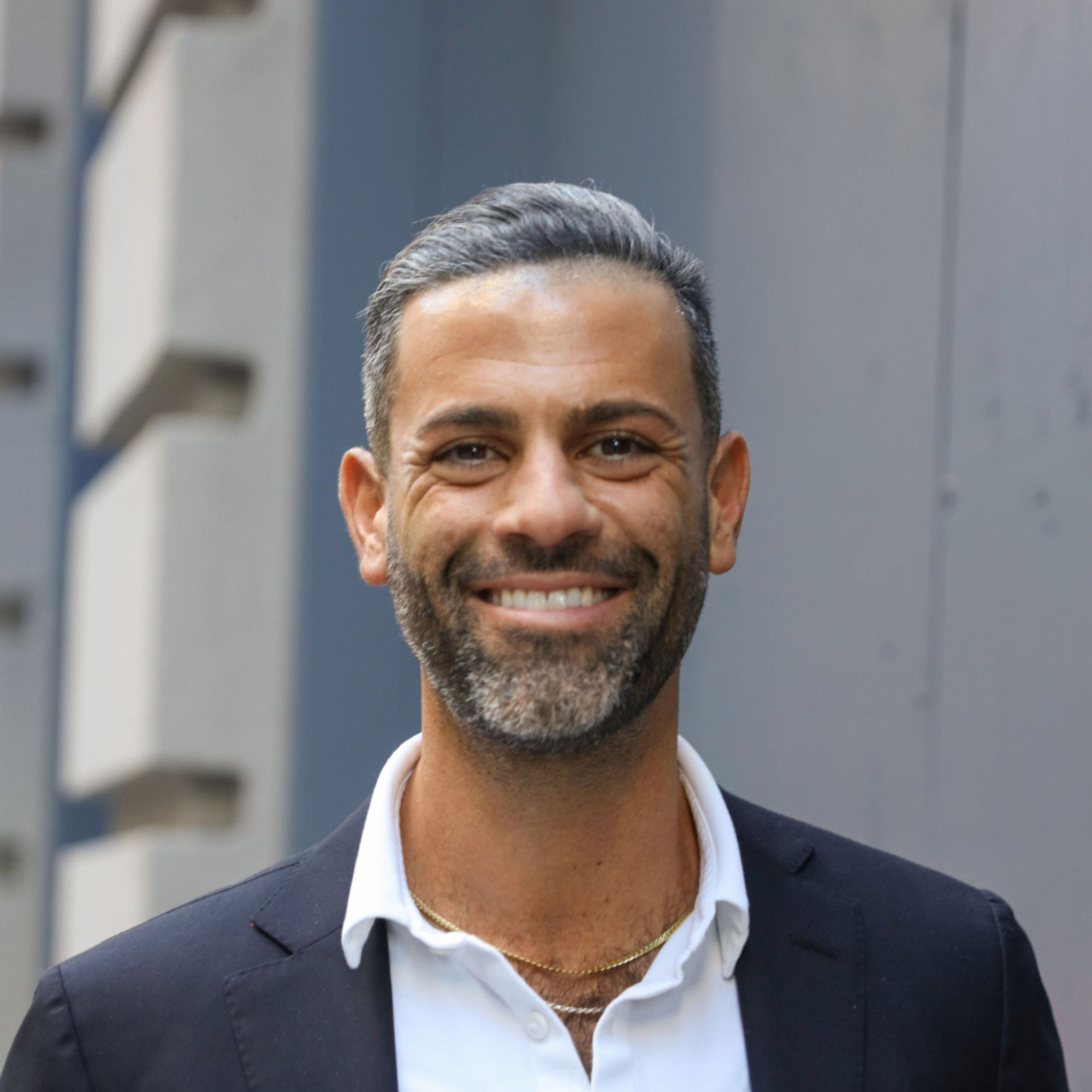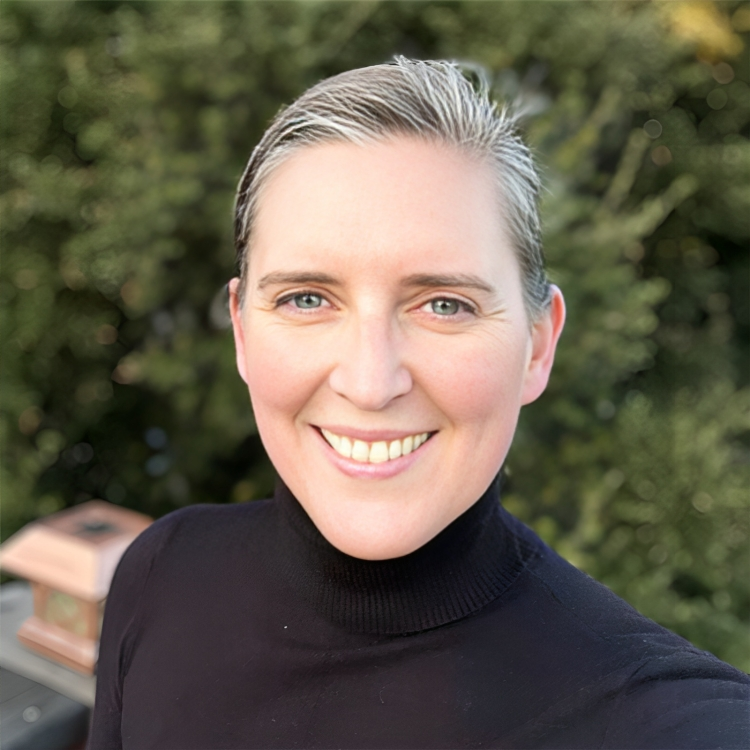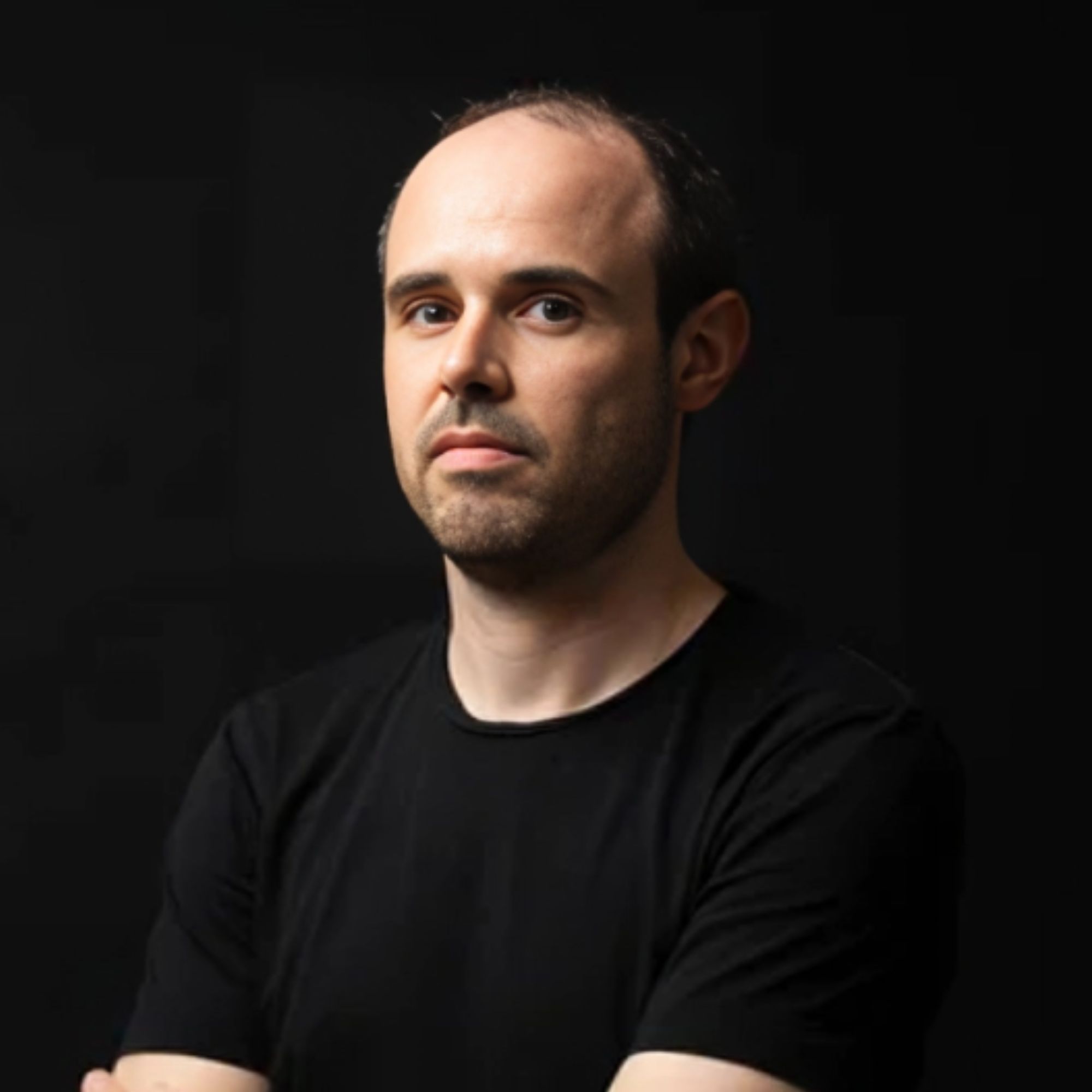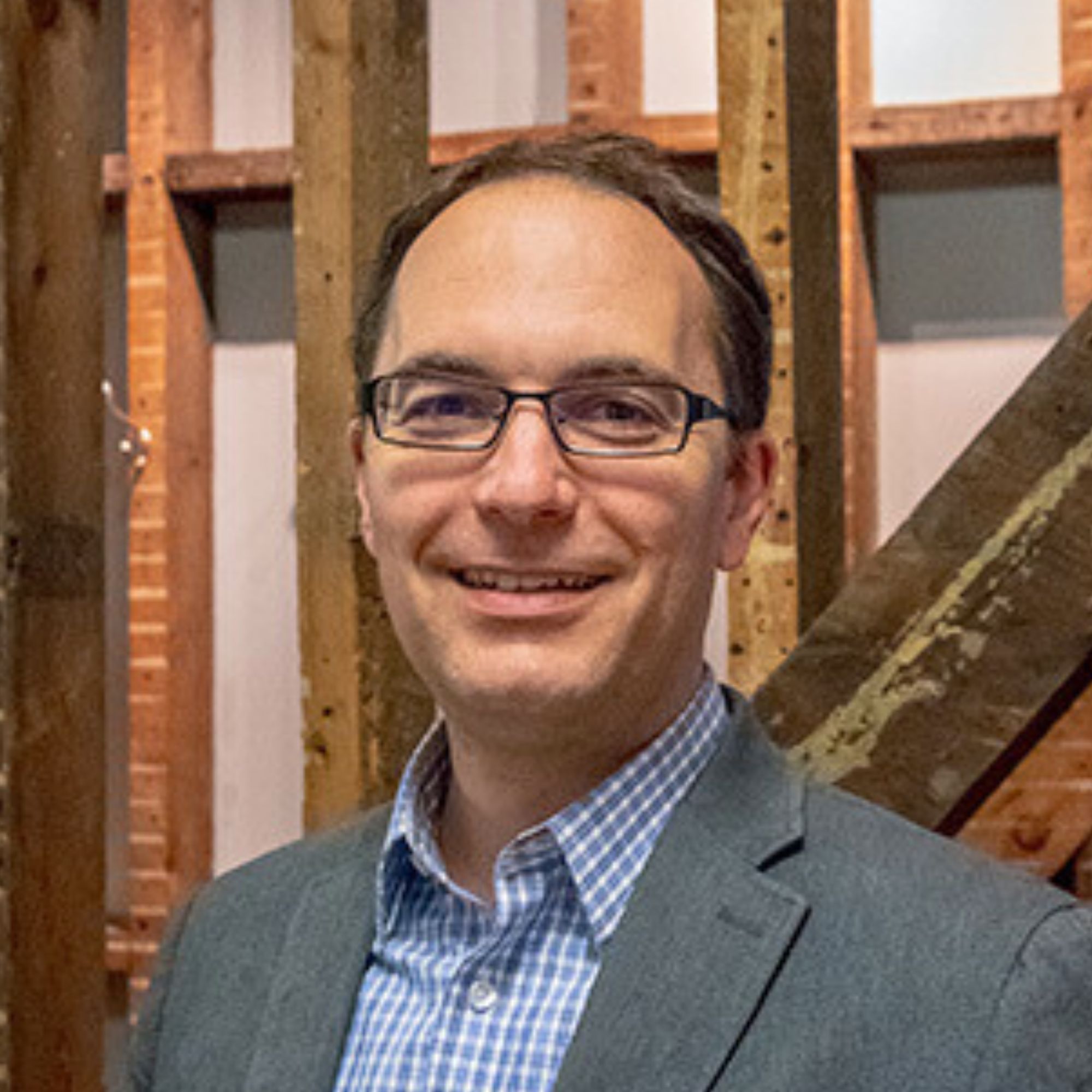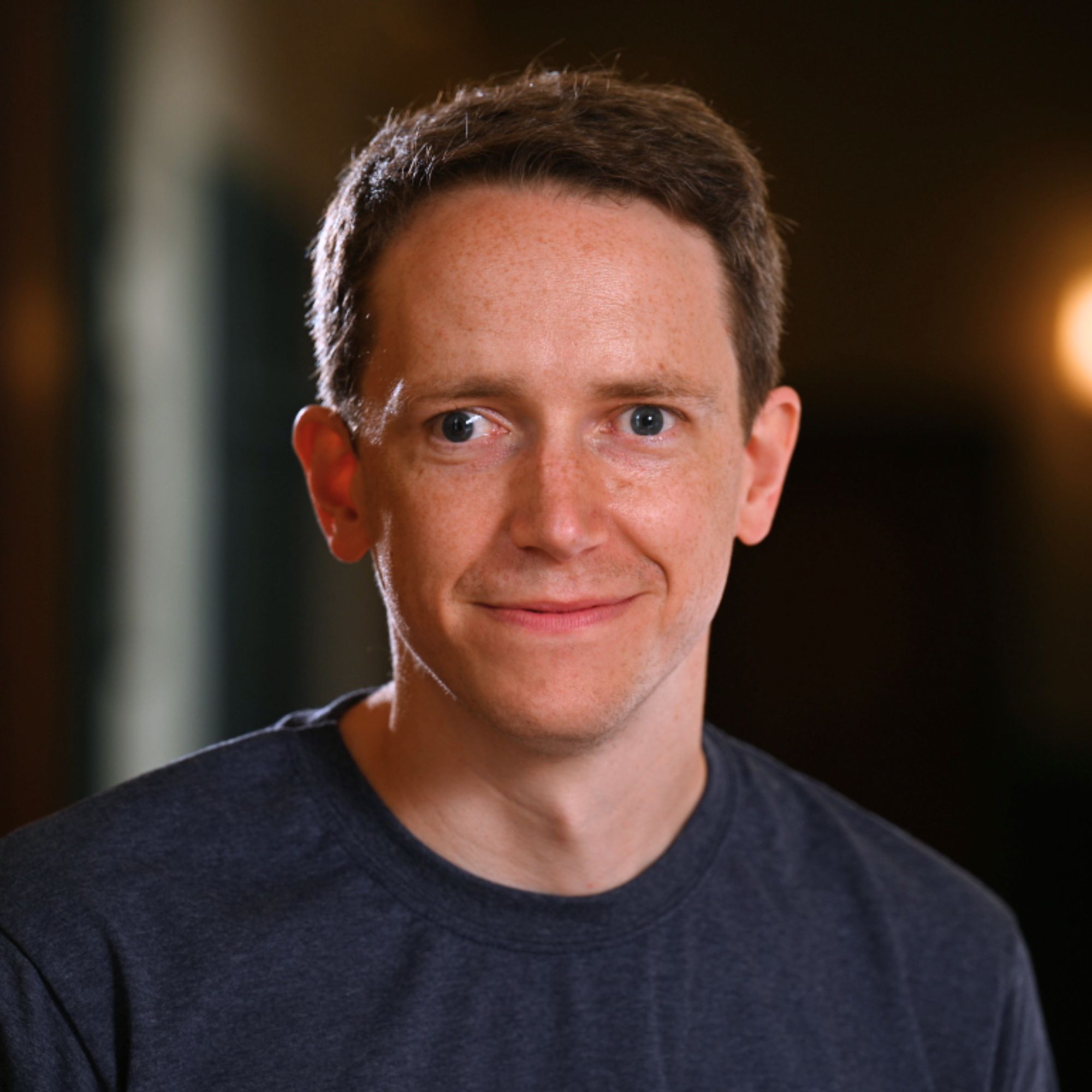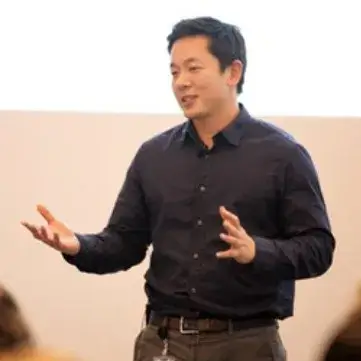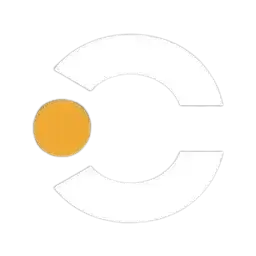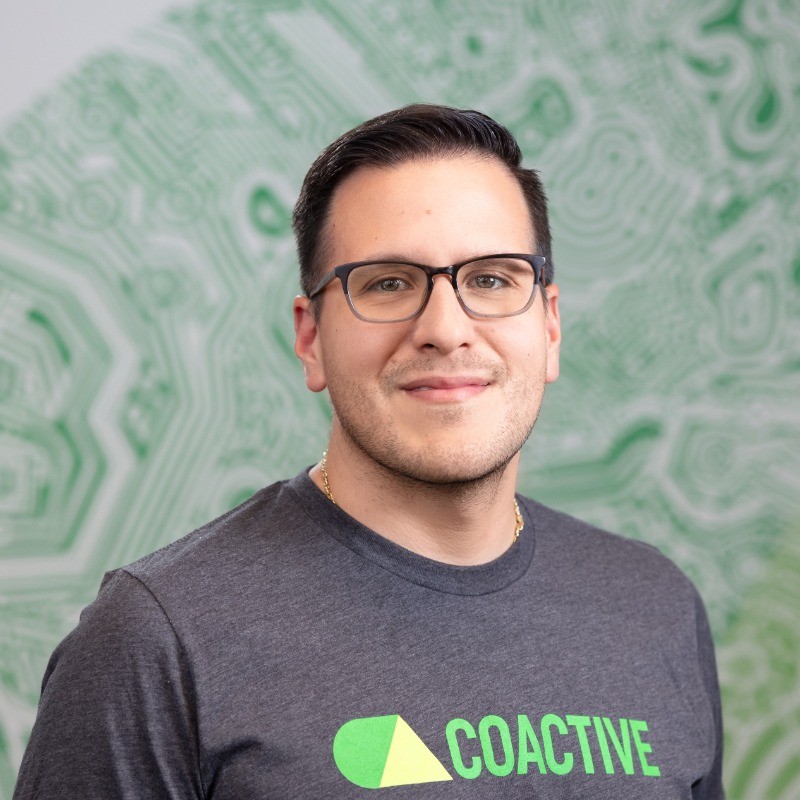Ready to launch your own podcast? Book a strategy call.
Frontlines.io | Where B2B Founders Talk GTM.
Strategic Communications Advisory For Visionary Founders
Conversation
Highlights
Finding Your True Product: How Ducky Pivoted from Customer Support to ML Infrastructure
For every founder, there comes a moment when the business isn’t growing as expected. The critical decision: keep pushing through or pivot to something new?
In a recent episode of Category Visionaries, James O’Brien, COO and co-founder of Ducky, shared how his team navigated this exact crossroads—transforming from a struggling customer support solution to a thriving machine learning infrastructure company that’s raised $2.7 million in funding.
When “Fine” Isn’t Good Enough
Three months into building their customer support product, Ducky faced reality: they were performing adequately, but not exceptionally. As James describes it, they were doing “fine.”
“It was going fine. You know, I wouldn’t say like venture-scale fine, but it was going fine,” James recalls.
For founders who’ve raised venture capital, “fine” is often synonymous with failure. The pressure to achieve explosive growth demands more than mediocre performance. While some might persist longer, hoping for a breakthrough, Ducky made a different choice.
Finding Your Signal
The pivot opportunity emerged not from market research or competitor analysis, but from unexpected customer behavior—developers were repeatedly asking for access to Ducky’s underlying technology.
“We just kind of had like a revelatory moment where we realized that like a bunch of developers had asked for access to our infrastructure, our knowledge retrieval infrastructure,” James explains.
This pattern revealed their true product-market fit. The infrastructure they’d built for internal use—not their customer-facing application—was what developers actually wanted.
Many founding teams might miss this signal, too focused on their original vision to notice when the market is pulling them in a different direction. But Ducky recognized this organic demand as their potential beachhead.
The Validation Superpower
Instead of immediately jumping to a new direction, Ducky approached their pivot methodically.
“I think one of the things that we’re best at as a team is validation,” James says. “I think we’re really good at drawing relatively unbiased… input and feedback from people that we’re interviewing or talking to.”
They time-boxed their exploration to just three weeks—building multiple prototypes and showing them to potential customers. This disciplined approach prevented them from getting lost in prolonged uncertainty.
“It was pretty clear after three weeks that one was not only a better use of our skills and time, but also a better market fit,” James notes.
This validation-first mentality stands in stark contrast to founders who pivot based on intuition alone or, conversely, those who refuse to change direction despite mounting evidence against their current path.
Playing to Your Strengths
Ducky’s pivot wasn’t just about following market demand—it was about aligning with their team’s strengths. Their customer support product required marketing expertise they didn’t possess, while the infrastructure product leveraged their technical capabilities.
“We weren’t the greatest at marketing in the customer support space and that’s like a huge marketing category. But we’re pretty good at building this technology,” James admits.
This self-awareness about their team’s strengths and weaknesses proved crucial. Rather than trying to become marketing experts overnight, they chose a path where their existing technical skills created immediate competitive advantage.
The Power of Transparent Pivots
One striking aspect of Ducky’s pivot was their transparent approach with both investors and team members.
“We were very candid with our entire team throughout this process. Like, everybody pitched in. Everybody knew what was going on. You know, we didn’t want to surprise anybody,” James shares.
This transparency stands in contrast to founders who make pivotal decisions behind closed doors, fearing negative reactions from investors or team members. By involving everyone, Ducky gained valuable insights and maintained team trust through a potentially destabilizing transition.
James explains their reasoning: “We bring people onto the team who are better at what they do than we are at what they do. Right. So it’s like, it would make no sense not to include them in their brains, because that’s why they’re here.”
Cutting Through AI Hype
As Ducky entered the AI infrastructure space, they discovered a surprising market opportunity—many companies had been tasked with “doing something with AI” without clear objectives.
“Every company under the sun, and maybe that’s hyperbole, but I don’t think it’s really aggressive hyperbole has been tasked to do something, and I mean this in like literal quotes, do something with AI,” James observes. “And what I’ve been surprised to find is that many companies don’t have really any clue what that is.”
Rather than contributing to the AI hype cycle, Ducky positioned themselves as pragmatic problem-solvers, focusing on business value rather than technical jargon.
“The question that a lot of these companies aren’t asking themselves is what feature am I trying to build for people? And like, what business value does it have?” James notes. “How you construct it is a second order question in my mind.”
Aligning Pricing with Value
Ducky’s business model represents another thoughtful departure from SaaS convention. Rather than locking customers into annual contracts regardless of usage, they implemented usage-based pricing that directly ties their revenue to customer value.
James explains their philosophy: “If you use it and it works, you will use it more. And that means that we’re doing our job. And that’s awesome. That’s all I ever want to do, quite frankly, is get paid for actually bringing value to people.”
This approach creates natural incentives for product improvement—Ducky only succeeds when their customers succeed. It’s a refreshing alternative to the multi-year contracts that often create misaligned incentives between vendors and customers.
Making Users the Heroes
Perhaps most tellingly, Ducky embraces a philosophy where their success comes from making their users successful—not from being recognized themselves.
“If you never know I exist, but your tool works way better than anybody else’s, that is us doing our job super well,” James says.
This customer-as-hero approach guides everything from their product development to their marketing strategy. Rather than positioning themselves as the innovative AI company, they focus on empowering developers to build better applications.
“How can I make your job better and make you a frigging rock star?” James asks. This mindset shift—from seeking recognition to creating it for others—represents a mature approach to building developer tools.
The Result: Exceeding Expectations
Three months after their pivot, the results speak for themselves. When asked how things are going, James doesn’t hesitate: “Way better than expected. It’s, you know, when you’re, you know, not better than hoped, like, oh, man, people are gonna. We’re gonna. Thousands of users, like, everybody.”
This success comes from the alignment of product, market need, and team capabilities—a powerful trio that’s often discussed but rarely achieved so deliberately.
For B2B founders facing their own “pivot or persist” moment, Ducky’s story offers a valuable framework: listen to unexpected customer requests, validate methodically, play to your strengths, remain transparent with stakeholders, and focus relentlessly on making your users successful.
The path to product-market fit rarely follows the initial plan. The most successful founders, like James and his team at Ducky, have the wisdom to recognize when the market is pulling them in a new direction—and the courage to follow it.
Actionable
Takeaways
Listen when developers ask for your infrastructure:
James discovered their true product-market fit when developers started requesting access to Ducky's knowledge retrieval infrastructure rather than their customer-facing application. "We had a revelatory moment where we realized that a bunch of developers had asked for access to our infrastructure, our knowledge retrieval infrastructure. And that's kind of what we're good at." This insight led to their pivot toward becoming an API-first tool that matched their technical strengths with the right audience.
Validation is a superpower:
The Ducky team excels at gathering unbiased feedback from potential customers. When considering their pivot, they embraced this strength: "I think one of the things that we're best at as a team is validation. I think we're really good at drawing relatively unbiased... input and feedback from people that we're interviewing or talking to." For B2B founders, this emphasis on rigorous customer validation before building can be the difference between success and wasted engineering resources.
Make pivot decisions with data, not emotion:
When considering a change in direction, Ducky time-boxed their exploration to three weeks, built multiple prototypes, and showed them to potential customers. "It was pretty clear after three weeks that one was not only a better use of our skills and time, but also a better market fit." B2B founders should approach pivots methodically, setting clear timelines and success criteria for validation.
Design pricing that aligns with value creation:
James emphasizes usage-based pricing that fundamentally connects revenue to customer value: "If you use it and it works, you will use it more. And that means that we're doing our job. And that's awesome. That's all I ever want to do, quite frankly, is get paid for actually bringing value to people." This approach creates natural incentives for both the vendor and customer, unlike the multi-year contracts that often create misaligned incentives.
Look beyond AI hype to focus on business problems:
James discovered that many companies have been tasked to "do something with AI" without clear objectives. "People are like, 'hey, we got to do something with AI,' but we don't know what that is. And then they think so deeply about, 'hey, how are we going to construct this?'" B2B founders should help customers cut through the hype by focusing on the underlying business value and specific problems to solve, rather than getting lost in technical details.


